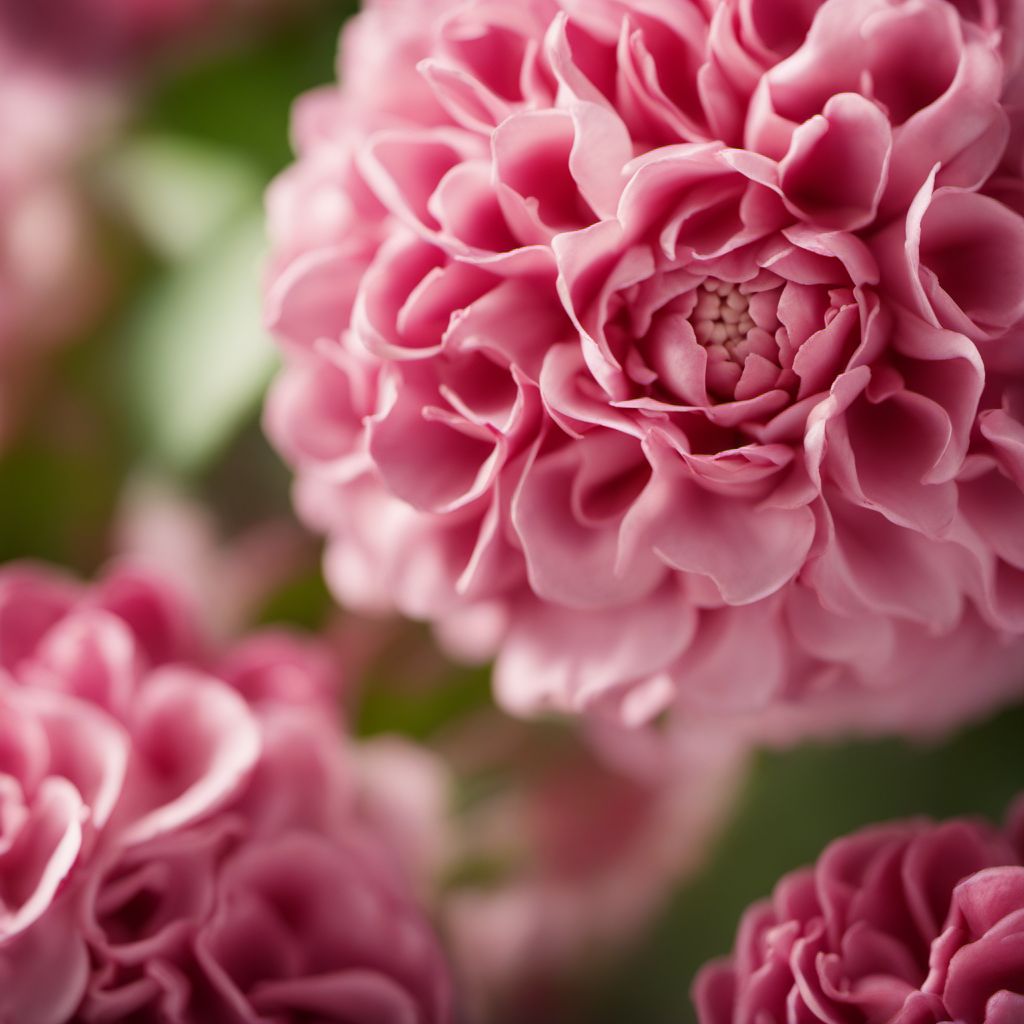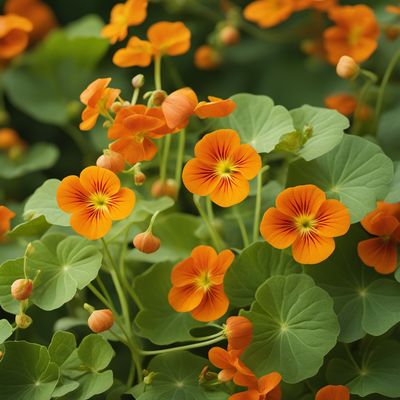
Ingredient
Aromatic flowers
Nature's Fragrant Delights
Aromatic flowers, such as lavender, rose, and jasmine, are known for their enchanting aromas and vibrant colors. These edible blossoms are often used as garnishes, infusions, or in floral teas, imparting a subtle floral taste and visual appeal to both sweet and savory dishes. Their delicate petals and fragrant oils make them a versatile ingredient in various cuisines.
Origins and history
Aromatic flowers have been used in culinary practices for centuries, with their origins dating back to ancient civilizations. In different cultures, these flowers hold symbolic meanings and are used in traditional ceremonies or celebrations. Lavender, for example, has been used in Mediterranean cuisine for centuries, while rose petals are a common ingredient in Middle Eastern and Indian dishes.
Nutritional information
Aromatic flowers are low in calories and fat, making them a guilt-free addition to dishes. They also contain essential oils and antioxidants, providing potential health benefits.
Allergens
Some individuals may have allergies or sensitivities to specific aromatic flowers, so it is advisable to exercise caution and consult with a healthcare professional if unsure.
How to select
When selecting aromatic flowers, choose ones that are fresh, vibrant, and free from blemishes or discoloration. Look for petals that are intact and have a strong aroma. If purchasing from a store, opt for organic or pesticide-free options to ensure the highest quality.
Storage recommendations
To maintain the freshness of aromatic flowers, store them in a cool, dry place away from direct sunlight. If refrigerated, place them in a sealed container or wrap them loosely in a damp paper towel to prevent wilting.
How to produce
Aromatic flowers can be grown in home gardens or indoor pots, provided they receive adequate sunlight and well-drained soil. Research the specific flower variety for optimal growing conditions and follow proper care instructions.
Preparation tips
Aromatic flowers can be used in a variety of ways in the kitchen. They can be infused into syrups, oils, or vinegars, used to flavor desserts like cakes, cookies, or ice creams, or added to salads, cocktails, or teas for a touch of elegance. When using aromatic flowers, start with small quantities to avoid overpowering the dish with their potent flavors.
Culinary uses
Aromatic flowers are commonly used in culinary practices around the world, including Mediterranean, Middle Eastern, Indian, and Asian cuisines.
Availability
Aromatic flowers are commonly available in regions with suitable climates for their cultivation, such as the Mediterranean, Middle East, and parts of Asia. They can also be found in specialty stores or online retailers that offer edible flowers.


